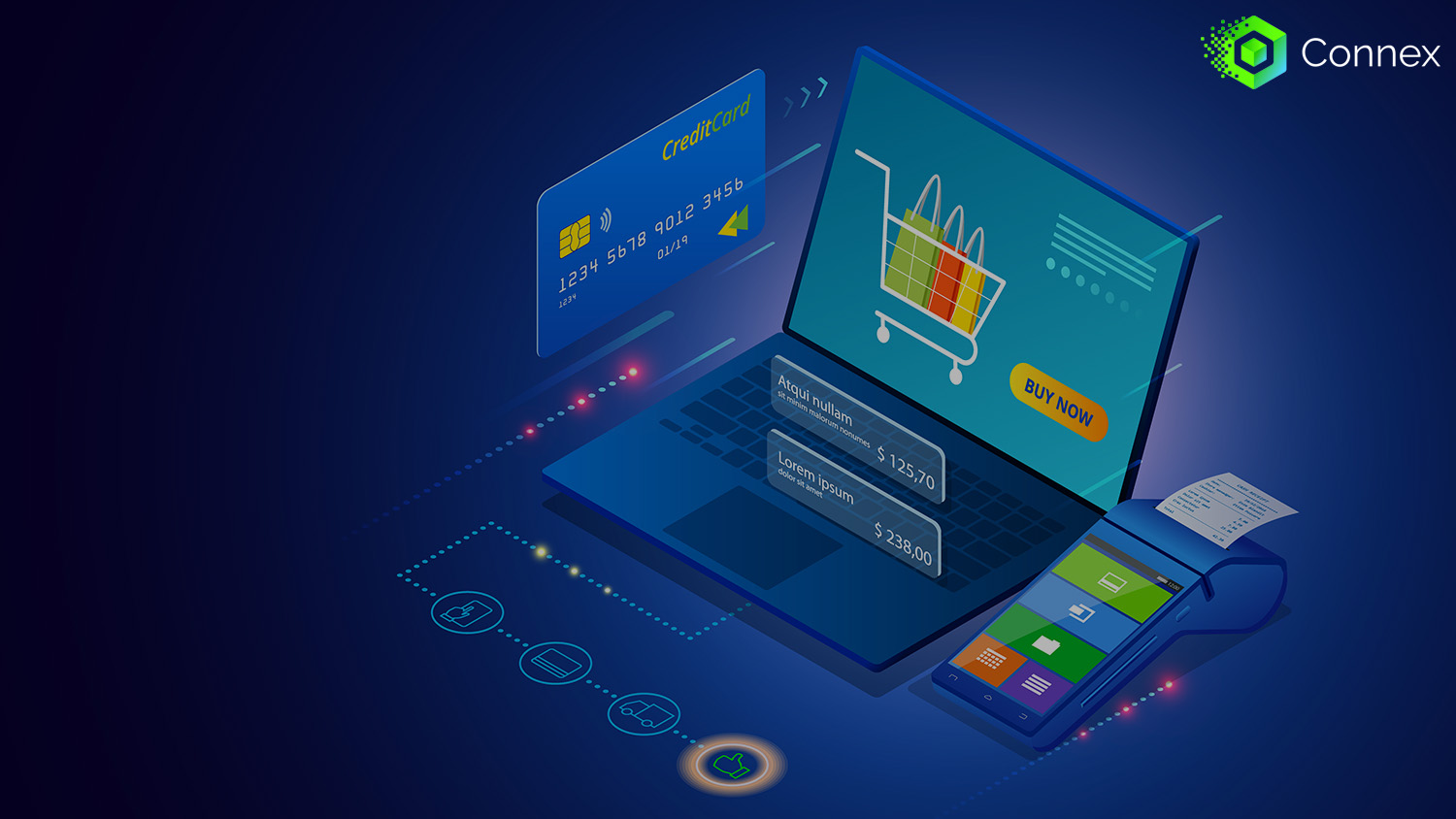Costs to Selling on Amazon in 2023
Selling on Amazon can be a great way to reach a large audience and grow your eCommerce business. With over 310 million active users, Amazon is one of the most popular online marketplaces, making it a great platform for reaching potential customers.
The big question is, what does it cost to sell on Amazon? This article explores the costs of selling on Amazon and how you can maximize your profits.
The 5 Major Costs of Selling on Amazon
Amazon Listing Fees
When you list items for sale on Amazon, you pay a fee for each item. This fee is referred to as the "listing fee" and varies depending on the category and product. For example, a book listing fee may differ from a pet toy listing fee.
Additionally, certain categories are subject to additional fees, such as the professional selling plan, which costs $39.99 per month and allows for unlimited listings.
It's important to remember that you'll only be charged listing fees when you make a sale, not when your item is simply listed on the platform. Amazon listing fees start at 99 cents per item but could go up depending on what you're selling. To find out exactly how much it costs to list your products, use Amazon's Fee Calculator Tool.
For sellers using Fulfillment by Amazon (FBA), there are also a few additional listing fees you need to be aware of. These include an FBA storage fee and an FBA Long-Term Storage Fee.
The FBA storage fee is charged per cubic foot of space your products take up in Amazon's warehouse and starts at $0.69 per cubic foot per month. The Long-Term Storage Fee is charged for products stored in an Amazon fulfillment center for more than 180 days and is $6.90 per cubic foot per month.
Amazon Referral Fees
Referral fees are the fees Amazon charges on sales of your product. Depending on the product's category, these fees range from 8% (personal computers) to 15% of the total product sale price.
For example, Amazon charges a 15% referral fee on toys, books, and home & kitchen products, while it charges 8% on electronics.
Sellers can use this to their advantage by researching and selecting categories that have lower referral fees for the products they sell. This can help to reduce costs and increase their Return.
On Investment (ROI).
Additionally, Amazon offers promotional discounts on referral fees during special times of the year, such as Amazon Prime Day, Amazon Black Friday, and Amazon Cyber Monday. Taking advantage of these promotions can help you save more money.
It's important to note that these fees do not include any additional costs related to shipping and handling, which could add up over time.
Amazon Selling Plan
When you sign up to sell on Amazon, you can choose between two selling plans: the Individual plan or the Professional plan. The Individual plan is best suited for those who plan to sell fewer than 40 items per month. This plan has no monthly fee but charges a $0.99 fee per item and other selling fees.
On the other hand, the Professional plan is best suited for those who plan to sell more than 40 items per month. This plan has a monthly fee of $39.99, but you don't have to pay the $0.99 per item fee. Instead, you'll pay a referral fee, which is a percentage of the total sale price and varies by category.
It's important to note that both plans may include additional costs, such as storage fees and fulfillment fees if you choose to use Fulfillment by Amazon (FBA) to handle your orders.
Fulfillment by Amazon (FBA) Costs
FBA is a service offered by Amazon that allows sellers to store their products in Amazon's fulfillment centers and have Amazon handle the shipping and customer service for their orders.
FBA can be an excellent option for sellers who want to take advantage of Amazon's logistical capabilities and gain access to Prime customers.
However, it comes at an additional cost. You'll pay fulfillment fees based on the size and weight of your products and storage fees based on how long you keep your products in Amazon's fulfillment centers.
When comparing FBA costs to fulfilling orders through your means, it's important to consider the fulfillment and storage fees and the cost of your own time and resources.
Advertising Costs
Amazon offers a variety of advertising options for sellers, such as sponsored products and sponsored brands. These advertising options allow you to promote your products to a larger audience and can help increase your sales.
However, advertising on Amazon does come at a cost. The cost of sponsored product advertising is based on a pay-per-click (PPC) model, where you pay each time someone clicks on one of your ads.
Sponsored brands' advertising costs are based on a cost-per-thousand-impressions (CPM) model, where you pay for a set number of views of your ad. To optimize your advertising budget, you can use Amazon's advertising tools to set a daily budget, track performance, and adjust your campaigns as needed.
Shipping Credits
If you are a professional seller handling your orders, Amazon will provide a shipping credit for each sale to cover your expenses; however, it is important to be aware of the actual cost of shipping your product.
If a business opts for a 'standard shipping fee,' Amazon will determine the price. However, it's important to note that if Amazon sets the price lower than the shipping cost, particularly for heavier items, it will negatively impact your profit margin.
The General Costs of Selling on Amazon?
To accurately calculate the costs associated with selling on Amazon, it's important to understand the various charges that apply.
First, a listing fee is charged each time an item is listed for sale on Amazon. This fee varies depending on the type of product you are selling and can range from $0.45 for an individual item up to $3.00 for a multi-pack or set.
In addition to the listing fee, Amazon also charges a referral fee. This percentage of the total sales price paid to Amazon can range from 6% to 20%, depending on the product category.
Finally, there is a variable closing fee, which is charged when an item is sold. This fee is determined by the total sales price of the item and ranges from $1.35 for items priced at $10 or less to $3.45 for items priced over $750.
Other potential costs are associated with selling on Amazon, such as shipping and storage fees, returns processing fees, and in some cases, payment processing fees. All of these costs must be considered when setting up an account.
Automation Can Help Reduce Costs and Increase ROI
According to a study by the McKinsey Global Institute, businesses that fully automate their processes can reduce their labor costs by up to 30%. Research from the Boston Consulting Group also found that companies that have adopted automation in their operations have seen an average of 15% increase in profitability.
Automation can reduce the time and resources spent on manual tasks, allowing businesses to focus on more important aspects of their operations, leading to increased efficiency and revenue.
Our automation tool helps businesses reduce costs by combining multi-channel eCommerce with a detailed analytics tool. By using Connex for QuickBooks, businesses can gain insights into where their revenue comes from and whether their advertising dollars are paying off.
The QuickBooks automation feature will help your businesses save hundreds of hours per year and thousands of dollars on taxes. Overall, Connex is an effective solution for businesses looking to expand their sales on Amazon and other marketplaces while reducing costs and improving their bottom line.




